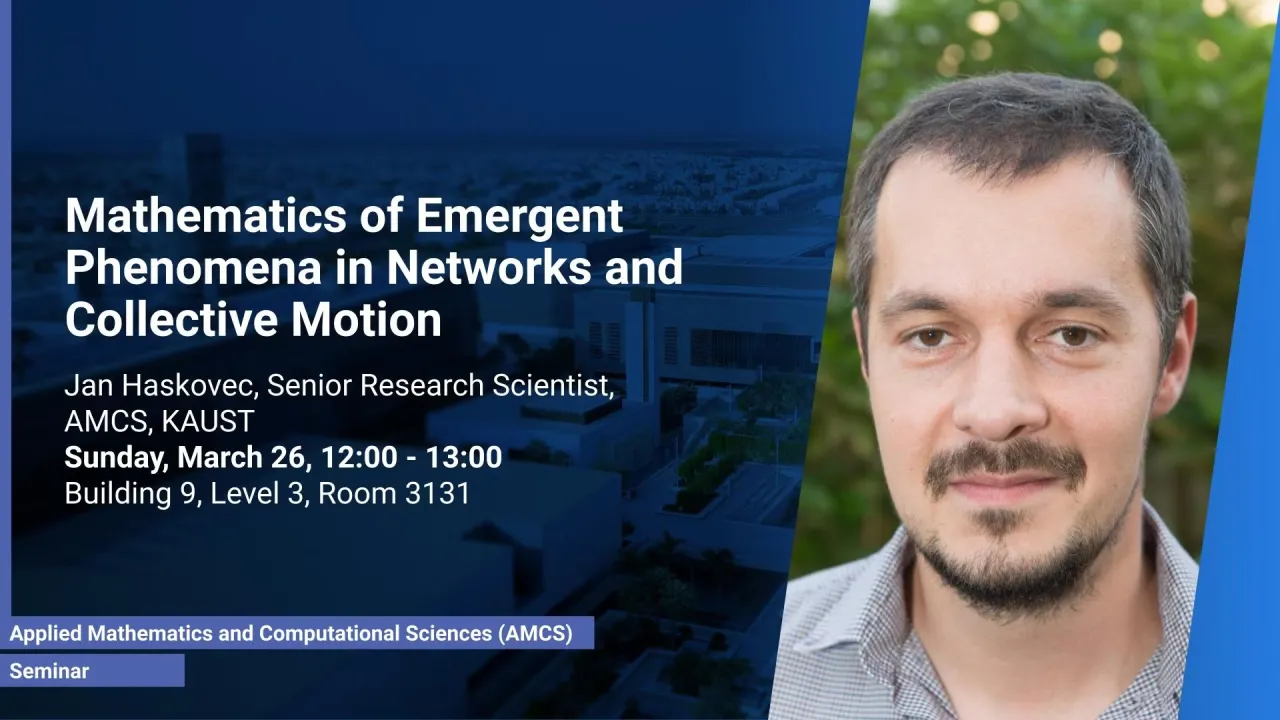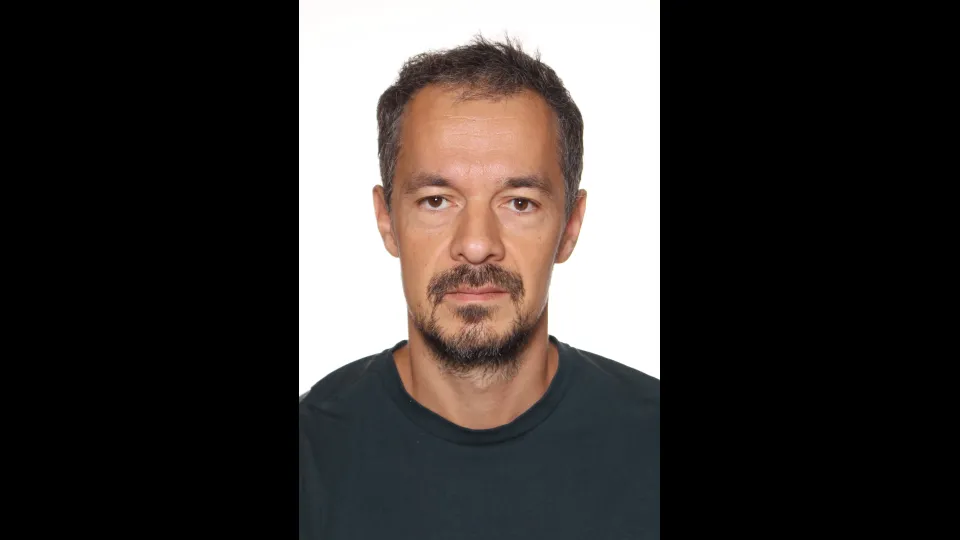
Mathematics of Emergent Phenomena in Networks and Collective Motion
Emergence of nontrivial patterns via collective actions of many individual entities is an ever-present phenomenon in physics, biology and social sciences. It has numerous applications in engineering, for instance, in swarm robotics. I shall demonstrate how tools from mathematical modeling and analysis help us gain understanding of fundamental principles and mechanisms of emergence. I will present my recent results in consensus formation and flocking models, taking into account their realistic aspects - noise, latency, finite speed of information propagation and anticipation. Moreover, I will introduce a continuum modeling framework for biological network formation, where emergence takes place through the interaction of structure and medium. The models are formulated in terms of ordinary, stochastic and partial differential equations. I shall explain how mathematical analysis of the respective models contributes to the understanding of how individual rules generate and influence the patterns observed on the global scale. Finally, I will explain how requirements on robustness of the network can be incorporated into the mathematical model.
Overview
Abstract
Emergence of nontrivial patterns via collective actions of many individual entities is an ever-present phenomenon in physics, biology and social sciences. It has numerous applications in engineering, for instance, in swarm robotics. I shall demonstrate how tools from mathematical modeling and analysis help us gain understanding of fundamental principles and mechanisms of emergence. I will present my recent results in consensus formation and flocking models, taking into account their realistic aspects - noise, latency, finite speed of information propagation and anticipation. Moreover, I will introduce a continuum modeling framework for biological network formation, where emergence takes place through the interaction of structure and medium. The models are formulated in terms of ordinary, stochastic and partial differential equations. I shall explain how mathematical analysis of the respective models contributes to the understanding of how individual rules generate and influence the patterns observed on the global scale. Finally, I will explain how requirements on robustness of the network can be incorporated into the mathematical model.
Brief Biography
2004-2008 PhD. in Applied Mathematics, University of Vienna
2008-2009 Postdoc, Vienna University of Technology
2009-2012 Postdoc, Johann Radon Institute for Computational and Applied Mathematics, Linz
2012-2021 Research Scientist, CEMSE, KAUST
2021-present Senior Research Scientist, CEMSE, KAUST

